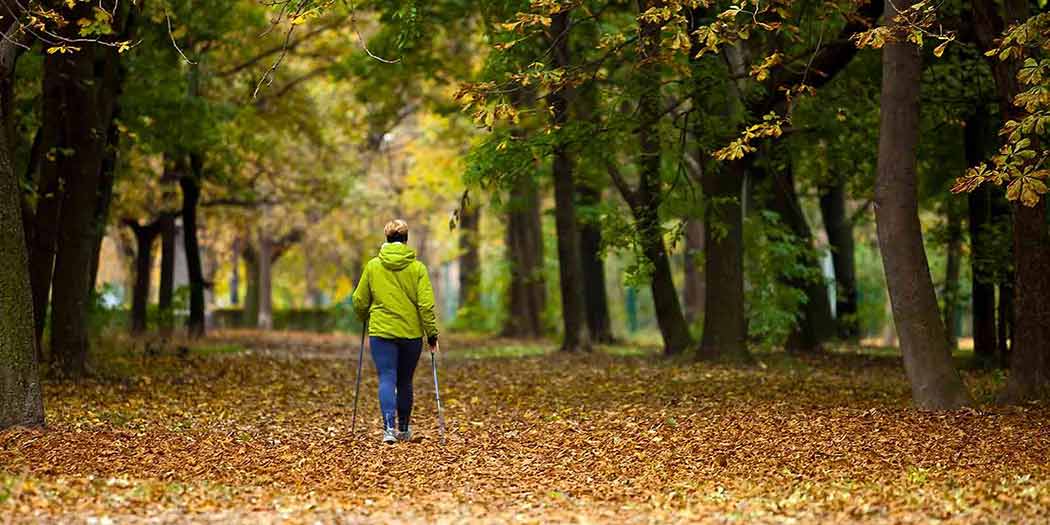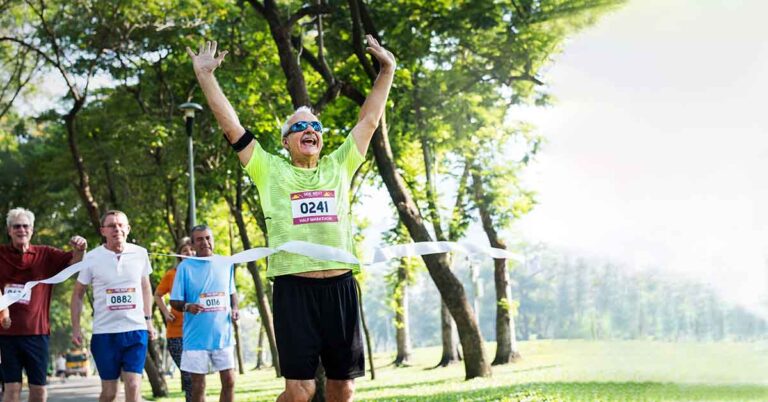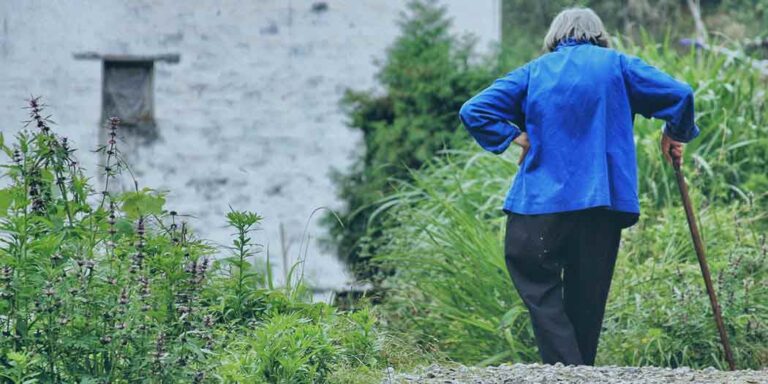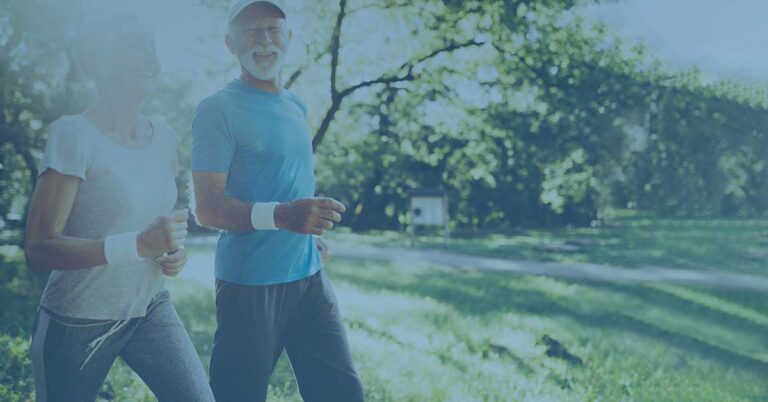Active Aging: Tips for Staying Active and Energetic in Old Age
Physical activity is essential in later life, as it can prevent a variety of illnesses. Furthermore, you can increase your stability and REDUCE the risk of FALLING. You can add physical activity to your life in many ways.
Whatever your age, you can keep MOVING. It’s never too late to adopt a more active lifestyle and receive its health benefits.
When you’ve been inactive for some time, you can gradually raise your activity levels to reach recommended levels.
Those who start from SCRATCH gain the most significant benefits.
The switch from a sedentary lifestyle to a moderately active lifestyle is most beneficial for health.
Inactivity is one of the Leading Causes of Disease and Disability
INACTIVITY is a significant problem.
For example, older women may spend almost two-thirds, 10 hours (THAT’S TOO MUCH!), of their waking time inactive, sitting down.
However, most of this idle time typically occurs in periods of shorter duration.
So there are many occasions throughout the day to engage in physical action and exercise.
Inactive older people still have lots of opportunities to start moving for healthier years.
The benefits of physical activity are numerous. Sedentary lifestyles have many drawbacks.
SPEND YOUR TIME WISELY.
Activity is the best contributor to longevity, even if you start in your senior years. And it’s more than just extending your life. It’s about adding LIFE to your years.
Benefits of Being Just a Little More Active
As little as 15-30 minutes a day spent walking can provide health benefits for older men and women. You can even get the benefits by walking around the mall.
All major diseases – high blood pressure, diabetes, cholesterol – can be reduced by being physically active and exercising.
So we need to be just a little more active. Incorporate moderate activity into your daily routine.
A family visiting an elderly relative should use some of the time to encourage or participate in some form of exercise.
If physical activity is difficult during the dark season, here are tips for fun winter activities.
Tips for Staying Active at Home
Here are some tips to stay active at home:
Walk around the house for 15 minutes. If you can only tolerate a little, then start with that.
Let’s say you can only tolerate 5 minutes of walking and then have to take a break.
In that case, take your break, but when you’re ready, do 5 minutes more and then take another break.
Continue this cycle until you have accumulated 15 minutes of walking.
Do modified squats to strengthen the legs by consecutively moving from a seated position to a standing position. While watching TV, do this during a commercial break – do it several times while watching a TV show.
Move your legs and arms around while seated. These exercises involve sitting down, but you can see how simple everyday activities can be integrated easily into a daily routine without needing a gym or special equipment.
Boost Your Vitality by Getting Active
Don’t fall for the myth that GETTING OLDER automatically means you’re not going to feel good.
Aging indeed involves physical changes, but it doesn’t have to result in discomfort and disability.
Even though not all illnesses or pain can be avoided, many of the physical challenges associated with aging can be mitigated or eliminated by exercising.
AND eating well, and taking care of yourself.
Getting older doesn’t mean it’s time to start slowing down. Running at an older age is a fantastic way to IMPROVE your health.
The best thing for the quality of your life is to start today!
Staying Active in Old Age: Exercise tips
1) Consult Your Doctor
BEFORE starting any regular exercise program, consult your doctor. Check to see if your health condition or medication affects the type of exercise you choose.
If you have PAIN, as many older people do, take a painkiller that your physician has recommended before exercising.
The idea is to reduce the pain enough so that you can participate in exercises. You can still exercise if you have chronic heart and lung disease as long as it is with the guidance of your physician.
2) Choose the Right Kind of Activity
Choose an activity you ENJOY and is motivating to you. You may prefer group exercises in the gym or independent exercise like walking or water aerobics.
Take it slow to begin. If you’re new to exercising, a few minutes a day puts you well on your way to building a healthy habit. Increase the intensity and time slowly to avoid injury.
Actually, walking is one of the best ways to stay fit. Best of all, you don’t need special equipment or experience to do it. Make it a point to walk more each day.
Be active as often as possible. Ideally, adults should exercise 150 minutes a week. Be sure to incorporate balance exercises into your daily activities.
Motivating yourself helps you remain committed, so join an activity class or find a workout buddy.
Track your daily activities, set goals, and track your progress. It will be easier to make a fitness plan if you identify physical activities that you enjoy.
By incorporating weight-bearing exercises into your daily routine, you will build muscle mass and prevent the risk of falls.
3) Eat Well
Your relationship with food may change as you age.
Your appetite, what foods you can eat, and how your body processes food may be affected by a decreased metabolism, changes in taste and smell, and slower digestion.
Maintaining your energy and health requires eating healthily more than ever.
Fill up on high-fiber fruits, vegetables, and whole grains instead of sugary foods. You will feel more energetic afterward.
4) Make Sure You Get Enough Sleep
As adults age, they often experience sleep problems, including insomnia, daytime SLEEPINESS, and waking up frequently during the night.
Getting older, however, does not necessarily mean you will have trouble sleeping.
With age, developing healthy sleep habits is key to getting enough quality sleep.
Keep your bedroom dark, quiet, and calm, do not use screens for an hour before bed, and increase your activity levels throughout the day.
A soothing bedtime ritual can help you wind down and get a good night’s sleep.
Questions About Activity and Aging
1) I’m Going to Get Old Anyway, So Is There Any Point in Exercising Anymore?
You can get the mood benefits of exercise, whatever your age is.
Being physically active keeps you looking and feeling younger and keeps you independent longer.
It also lowers your risk for various conditions, including diabetes, heart disease, high blood pressure, and obesity.
2) Does Exercise Put Me at Risk of Injuries?
Regular strength exercise prevents loss of bone mass and improves balance, actually reducing your risk of injuries.
However, there are some exercises that seniors should avoid, even common ones.
3) Am I Too Old and Weak to Exercise?
As you age, your strength and performance levels decline. However, you can still improve your health. You need to set a goal that is appropriate for your age.
4) Am I Too Old to Start Exercising?
If you’ve got the will to move, you can improve your health at any age. Start gentle and work your way up.
You can even compete in sports events at a senior age.
5) Can I Exercise as It Just Gives Me Aches and Pains?
Your strength and pain management can be improved by exercising.
Many older individuals find that everyday activity not only stems from the decline in strength and vitality that occurs with age but actually improves it.
The key is to start GENTLY.
The Bottom Line
It doesn’t matter how old you are. It doesn’t matter whether you consider yourself a senior or not. It doesn’t matter how unhealthy you’ve been in the past.
What matters is starting out.
Taking care of your body and staying active in old age will benefit your QUALITY of life in many ways. It will:
- keep your BRAIN sharp,
- boost your immune system,
- deal with health problems, and
- grant you more energy.
As a matter of fact, adults who take up regular exercise routines later in life often show REMARKABLE changes in their mental and physical health.
Furthermore, many older adults report feeling better than ever because they are making more effort to stay healthy than when they were young.






